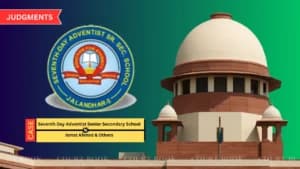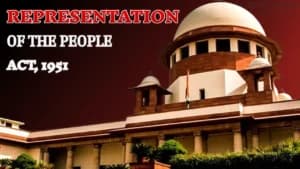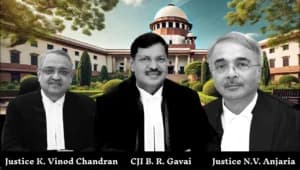the Supreme Court acquitted a man who was previously sentenced to death for allegedly murdering six members of his family. The court ruled that the investigation was deeply flawed and the prosecution failed to prove the case beyond a reasonable doubt.
"The fabric of the prosecution's case is full of holes—holes that are impossible to mend," the court observed.
A three-judge bench comprising Justices Vikram Nath, Sanjay Karol, and Sandeep Mehta highlighted serious lapses in the police investigation and noted that the case relied entirely on circumstantial evidence, which was insufficient to prove guilt.
The prosecution based its case on three major factors—motive, last seen theory, and recovery of evidence—all of which failed under judicial scrutiny.
1. Failure to Prove Motive:
The prosecution claimed that the accused had a land dispute with his brother, which led to the crime. However, no documentary evidence was presented to support this claim.
"A person cannot be convicted merely on allegations. Solid evidence must be presented," the court ruled.
2. Last Seen Theory Rejected
Witnesses claimed to have seen the accused hours before the incident. However, the court found their testimony unreliable.
"Seeing someone hours before a crime does not prove their involvement. This cannot be treated as conclusive evidence," the court stated.
3. Faulty Recovery of Evidence
The police claimed to have recovered the murder weapons from the accused’s house. However, the forensic report did not confirm whether the blood found on the weapons matched the victims.
"Recovery of weapons alone does not prove guilt unless backed by scientific evidence," the judgment emphasized.
The Supreme Court strongly criticized the way the case was handled by the police and prosecution.
No independent witnesses – Only family members testified, raising concerns about bias.
Forensic flaws – No conclusive evidence linking the weapons to the crime.
Weak prosecution arguments – Contradictions in witness statements.
"A case involving six brutal murders demands a thorough investigation, not a haphazard approach," the bench remarked.
The court ruled that the prosecution failed to prove guilt beyond a reasonable doubt. Consequently, it overturned the conviction and ordered the immediate release of the accused.
"A person cannot be convicted based on probabilities. The prosecution must eliminate all reasonable doubts," the Supreme Court held.










